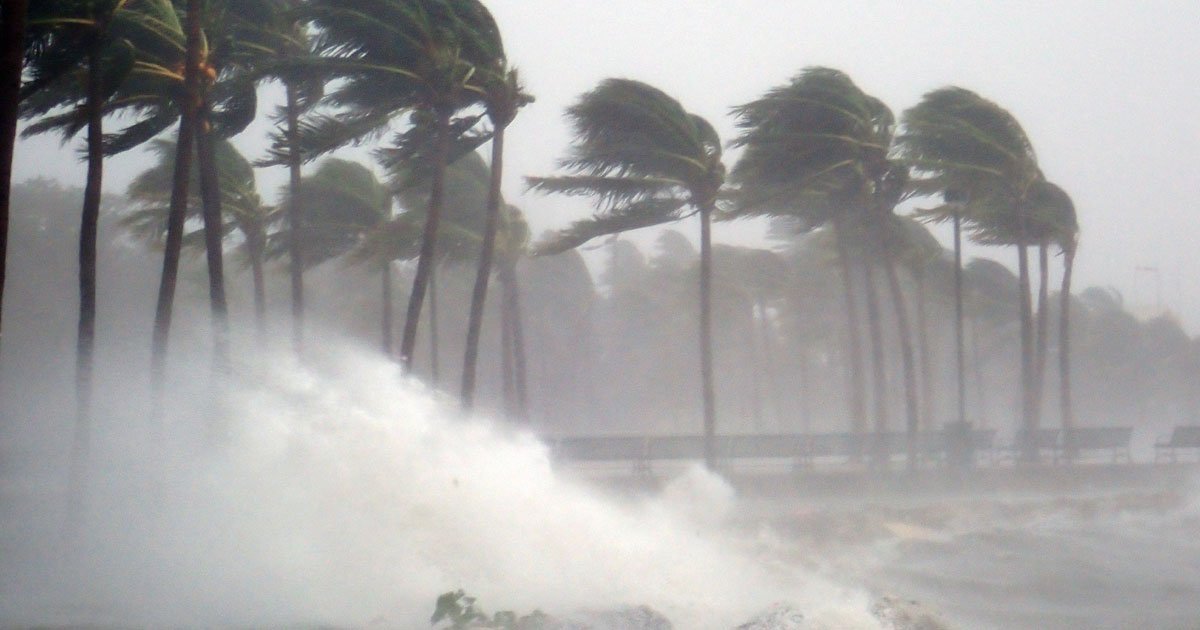","after_title":"","widget_id":"widget-0-0-1"}}" />[/siteorigin_widget]
When Adam Wood moved into his new home in Richmond, Texas, a Houston suburb, he was told he “moved into an area that never got flooded, that never has flooded,” he said.
During Hurricane Harvey, he and his wife waded almost a mile and half through fetid water-filled streets, pulling an inflatable raft and air mattress carrying their children and dog, to escape their flooded home.
Admittedly, Harvey was an outlier, a 1,000-year-flood that dumped more than three feet of rain in three days on an area larger than the Netherlands1. About 100,000 homes were affected, 10,000 people evacuated and 70 killed2.
You’d think that the most damage would be concentrated in the 100-year and 500-year floodplains. (Areas the Federal Emergency Management Agency’s Flood Map Service Center estimate are most likely to flood.)3
Yet, more than half of the deaths in Harris County, the county containing Houston, were outside those floodplain boundaries, according to a study in the journal Natural Hazards and Earth Systems Sciences4.
“We were somewhat surprised there were so many fatalities outside (the floodplains),” said Antonia Sebastian, postdoctoral researcher at Rice University in Houston, who helped write the report.
Drowning accounted for 80 percent of the deaths reported, and most of those came from people who got caught in their cars, the study said. Harris County is full of bayous, creeks and other water bodies that fill up fast and often inundate low-lying road crossings, underpasses and roads, Sebastian said. Six inches of moving water can knock a person over and a foot can carry away a car, according to ready.gov5.
“When you see 35 to 60 inches of rain coming out of the sky, driving around is just a very dangerous act, and being in the car is a very dangerous act,” Sebastian said.
Harvey caught people unprepared in so many ways.
Like communication. During the downpour, the Army Corps of Engineers had to open floodgates on the Addicks and Barker dams, two reservoirs built to keep downtown Houston from flooding. Homes around the dams were inundated6.
“A lot of residents weren’t aware when the water would come, and that they needed to evacuate at a certain time,” Sebastian said.
They didn’t have time to prepare before they had to evacuate7.
“I’m extremely aware of the weather forecast,” Sebastian said. “Looking at what’s predicted, and always being a day in advance of what’s coming.”
Keeping communication intact is one of the most important ways to prepare for a hurricane. If you don’t know where flooding is, and you’re trying to evacuate, you could get yourself into a life-threatening situation.
Sign up for local government text alerts that can tell you where and when disasters like flooding are happening. Many organizations, including the American Red Cross, also have apps for weather emergencies. The Red Cross app will also list local emergency shelters in real time, according to Jonathan McNamara, the national spokesperson for the American Red Cross.
Harvey caught emergency services unprepared. Houston’s 911 system got overloaded, which forced people to resort to social media to get help8.
During an emergency like a hurricane, assume you’ll lose phone service. Make sure you have an emergency radio so you can still hear alerts.
It caught evacuees unprepared. Typically when people come to Red Cross shelters, they don’t have much of anything, McNamara said.
“Maybe their purse or wallet, or maybe they had a chance to throw in a couple of pairs of socks,” he said. “Many families don’t have a lot of time to act, so they leave the house with what they have. That’s why when families take the time to make a go bag or emergency kit they can just grab, it’s going to put them in a better situation.”
Make sure you’ve got evacuation routes mapped out in advance, so you can avoid low-lying areas where floods are most likely and get out before traffic bottlenecks take over.
During Hurricane Rita in 2005, between 2.5 and 3.7 million people tried to evacuate from east Texas9. Main roads were gridlocked for days. Up to 118 people died from heat or inability to get medical care even before the hurricane hit.
As Harvey approached, Houston’s emergency managers chose to not issue an evacuation order for the city10, but they did encourage people to prepare to evacuate to the “second story of their home,” Sebastian said.
Some were ready. Roberta McPhie, of Spring, Texas, a Houston suburb, starts preparing to shelter in place at the beginning of every hurricane season. It came in handy during Hurricane Harvey. Her street turned into an island, and even after the water levels fell, she had to stay in her neighborhood because no one was allowed on the roads except emergency vehicles.
“I was totally ready, which is fine, because we couldn’t get out of our neighborhood for a couple of weeks,” she said.
Before their home started flooding, Wood and his wife managed to lift much of their furniture onto cabinets and tables. They didn’t lose much of it.
Sebastian said some people also took their cars to elevated parking garages to protect them from flooding.
“In the case of a renter, a car is often their largest asset,” she said. “So taking actions to protect that (asset) is really important.”
While Harvey was an extreme event, a 1000-year flood, Houston has seen three 500-year floods in the last three years11.
Sebastian said half of Houston-area homes damaged during those floods were also outside the 500-year floodplain.
“The reality is, there’s a flood risk homeowners aren’t aware of,” she said.
Sources
- 1 https://www.egu.eu/news/401/hurricane-harvey-dutch-texan-research-shows-most-fatalities-occurred-outside-flood-zones/
- 2 https://repository.tudelft.nl/islandora/object/uuid:54c24519-c366-4f2f-a3b9-0807db26f69c?collection=research
- 3 https://www.fema.gov/flood-mapping-products
- 4 https://www.natural-hazards-and-earth-system-sciences.net
- 5 https://www.ready.gov/floods
- 6 https://www.houstonpublicmedia.org/articles/news/2017/09/12/236628/was-releasing-water-from-the-addicks-and-barker-reservoir-the-right-call/
- 7 https://www.houstonpublicmedia.org/articles/news/2017/09/12/236628/was-releasing-water-from-the-addicks-and-barker-reservoir-the-right-call/
- 8 https://repository.tudelft.nl/islandora/object/uuid:54c24519-c366-4f2f-a3b9-0807db26f69c?collection=research
- 9 https://en.wikipedia.org/wiki/Hurricane_Rita
- 10 https://www.cnn.com/2017/08/27/us/houston-evacuation-hurricane-harvey/index.html
- 11 https://www.washingtonpost.com/news/wonk/wp/2017/08/29/houston-is-experiencing-its-third-500-year-flood-in-3-years-how-is-that-possible/?noredirect=on

